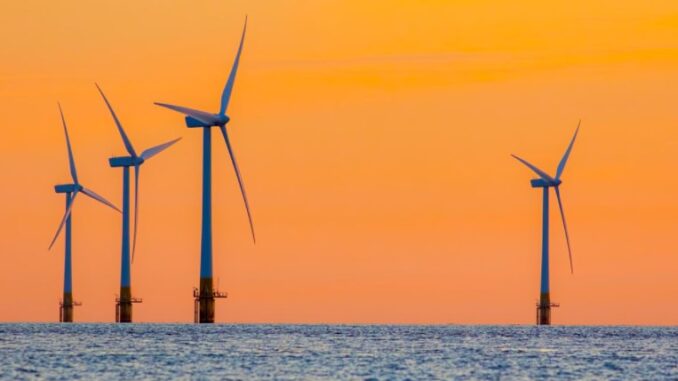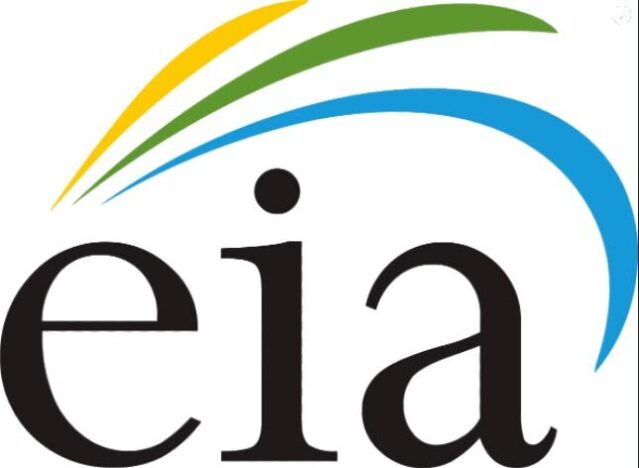
On December 22, 2020, the U.S. House and Senate approved the Consolidated Appropriations Act, 2021 (the 2021 Act) and, on December 27, 2020, President Trump signed the 2021 Act into law. The 2021 Act extends tax credits currently available for solar, wind, and carbon capture, storage and use projects, and provides a new tax credit for offshore wind projects.
Changes Impacting Solar Projects Eligible for the Investment Tax Credit
Section 48(a) of the Internal Revenue Code of 1986, as amended (the Code), permits an investment tax credit (ITC) for a percentage of the tax basis of the energy property placed in service during a particular taxable year. For solar projects, such percentage generally is based on the calendar year when construction of the solar project begins, subject to an annual phase down. The 2021 Act extended the eligibility deadline for each ITC percentage by two years, as follows:
| Solar ITC Percentage | Prior Law | 2021 Act |
| 26 percent ITC | construction begins before January 1, 2021 | construction begins before January 1, 2023 |
| 22 percent ITC | construction begins before January 1, 2022 | construction begins before January 1, 2024 |
| 10 percent ITC | construction begins on or after January 1, 2022 | construction begins on or after January 1, 2024 |
| 10 percent ITC | placed in service on or after January 1, 2024 regardless of when construction begins | placed in service on or after January 1, 2026 regardless of when construction begins |
The solar industry has welcomed the two-year extensions, which are expected to attract capital to solar projects for which construction begins before the end of 2023 and continue to fuel growth in the sector. Looking ahead, the extensions will provide the solar industry additional time to negotiate a longer-term package of incentives that would become available after the solar ITCs, as extended by the 2021 Act, expire. Despite industry pressure, the 2021 Act did not include a direct pay option for the solar ITC. Accordingly, taxpayers without sufficient federal income tax liability to utilize the solar ITC, including those that experienced a downturn in profitability as a result of the COVID-19 pandemic, must carry the excess credit forward and apply it against future cash tax liability, or consider alternatives in the tax equity markets.
Changes Impacting Wind Projects Eligible for Production Tax Credits
Code section 45(a) permits a production tax credit (PTC) per kilowatt hour (kWh) for electricity produced by onshore and offshore wind projects for the first ten years after the project is placed in service. The maximum credit rate, 1.5 cents per kWh, is adjusted annually for inflation. Prior to the 2021 Act, wind projects that started construction prior to January 1, 2021 were eligible for 60 percent of the PTC calculated using the applicable credit rate. The 2021 Act extended this eligibility deadline for one year and, as a result, wind projects that start construction in 2021 also will be eligible for the 60 percent PTC. Wind projects that begin construction after 2021, however, will not be eligible for the PTC at any level.
This one-year extension appears less favorable to the wind industry compared to the two-year extension for the solar ITC, particularly because the wind PTC will be unavailable for projects that begin construction after 2021 without a further amendment to the Code. The wind PTC, however, received a separate one-year extension at the end of 2019 under the Consolidated Appropriations Act, 2020 (the 2020 Act), and therefore could be viewed as receiving a two-year extension on a cumulative basis. Like the solar ITC, the wind PTC does not include a direct pay option.
Changes Impacting Only Offshore Wind Projects
The 2021 Act features a notable development for the offshore wind industry with the grant of a separate 30 percent ITC for qualified offshore wind facilities if construction begins before January 1, 2026. The ability to claim a 30 percent ITC in lieu of a PTC can be beneficial to developers due to the sizable capital investment typically required for offshore wind projects. For purposes of this new ITC provision, qualified offshore wind facilities are qualified facilities, within the meaning of Code section 45(d), that are located in the inland navigable waters of the United States or in the coastal waters of the United States.
Long sought by the industry (and previously proposed last year-end without inclusion in the 2020 Act), the five-year term, combined with the absence of a “placed in service” requirement, will afford greater flexibility in planning for offshore wind projects that tend to have longer development and construction periods than comparable onshore wind projects. Additionally, the 30 percent rate is not subject to phase down over the five-year term. Thus, the new ITC could provide a significant source of financing for developers in a sector still in its infancy in the United States, whether through the tax equity markets or otherwise.
Changes Impacting Carbon Capture Projects
Code section 45Q permits a federal income tax credit (the Section 45Q Credit) based upon metric tons of qualified carbon oxide sequestered and used as a tertiary injectant for enhanced oil or gas recovery or for another permitted commercial purpose, or disposed of in secure geological storage (CCUS). One of the requirements for the Section 45Q Credit is the taxpayer must start construction of the carbon capture equipment prior to a specified date. The 2021 Act extends that date by two years from January 1, 2024 to January 1, 2026. Such extension was lauded by industry groups as important to encourage future investment in CCUS. Some CCUS advocates, however, argued for a five to ten-year extension to compensate for the delay in Treasury regulations under Code section 45Q, which were not released until more than two years after Code section 45Q was amended and expanded under the Bipartisan Budget Act of 2018.
The 2021 Act, however, does not include a direct pay option for the Section 45Q Credit to directly benefit taxpayers without cash tax liability. The 2021 Act, however, further encourages the expanded use of CCUS by authorizing billions of dollars for federal programs supporting research, development and demonstration of CCUS technology.



